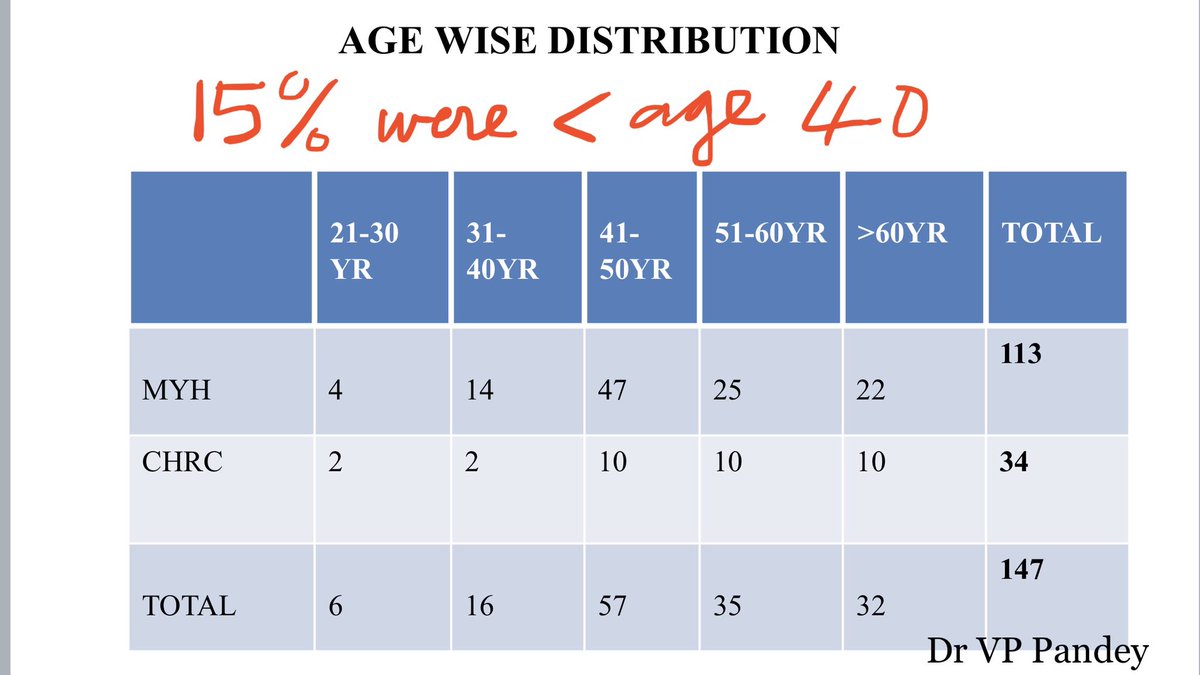
"Black Fungus" is the wrong term for Mucormycosis. The back color refers to tissues turning dark from destruction of blood supply. Risk factors include immunosuppression by uncontrolled diabetes, chemotherapy, transplantation, steroids.
See thread.
1/11
ncbi.nlm.nih.gov/pmc/articles/P…
See thread.
1/11
ncbi.nlm.nih.gov/pmc/articles/P…
The above 2019 review article by Dr Arunaloke Chakrabarti of PGI Chandigarh is a comprehensive resource on mucormycosis.
The current situation, linked with COVID-19, requires systematic (and really quick) review of all the cases.
The details must be made available ASAP.
2/11
The current situation, linked with COVID-19, requires systematic (and really quick) review of all the cases.
The details must be made available ASAP.
2/11

Will post a quick thread on "Black Fungus" see above.
1. Until an audit of all the present cases are done, it will be impossible to make firm statements. Speculation is not always accurate.
2. The fungus attacks blood vessels, and does not respect anatomical boundaries.
3/11
1. Until an audit of all the present cases are done, it will be impossible to make firm statements. Speculation is not always accurate.
2. The fungus attacks blood vessels, and does not respect anatomical boundaries.
3/11
3. It does not spread from person to person.
4. It comes from the environment; think of old bread getting mold on it. Mucorales are traditionally saprophytes, which are fungi that feed on things like dead leaves & compost. The spores get inhaled into the nasal cavities.
4/11
4. It comes from the environment; think of old bread getting mold on it. Mucorales are traditionally saprophytes, which are fungi that feed on things like dead leaves & compost. The spores get inhaled into the nasal cavities.
4/11
5. Multiple species such as Rhizopus, Lichtheimia and Apophysomyces are listed under the order Mucorales (it is not just one species).
6. It is believed that widespread steroid use is linked with the recent increase in cases. This remains to be proven by study.
5/11
6. It is believed that widespread steroid use is linked with the recent increase in cases. This remains to be proven by study.
5/11
7. A problem in India, compared with western nations, is that steroids can be openly purchased like soap or toothpaste from a medical store (pharmacy).
There is limited monitoring of how much is being taken by the patient, for how long, or for what indication.
6/11
There is limited monitoring of how much is being taken by the patient, for how long, or for what indication.
6/11
8. Many of these patients are long-term diabetics, a few of whom are perhaps undiagnosed because they had not been to a doctor in a while.
9. When people with uncontrolled diabetes take steroids, sugars shoot up further, and the risk of mucormycosis is greater.
7/11
9. When people with uncontrolled diabetes take steroids, sugars shoot up further, and the risk of mucormycosis is greater.
7/11
10. Although COVID-19 affects our immune system, but we can't blame the virus alone for mucormycosis, because it has not been reported much elsewhere.
11. It is likely the combined effect of high blood sugars and steroids on neutrophil function that helps the fungus grow.
8/11
11. It is likely the combined effect of high blood sugars and steroids on neutrophil function that helps the fungus grow.
8/11
12. Although mucormycosis can occur during the course of active COVID-19, it can also occur in the weeks following recovery. Continued vigil is needed in risk-prone patients.
13. Mucormycosis also occurs in healthy individuals from contamination following road trauma.
9/11
13. Mucormycosis also occurs in healthy individuals from contamination following road trauma.
9/11
14. While there is no doubt about the role of diabetes and steroid use, there are plenty of random speculative messages on other reasons for increased incidence of mucormycosis.
It is important to wait for an unbiased scientific analysis before making such statements.
10/11
It is important to wait for an unbiased scientific analysis before making such statements.
10/11
While we await the results of such an analysis, it will be worth emphasizing the need for diligent use of steroids only among those few who will benefit from it, at the right dose and duration.
Monitoring of blood sugars must be given priority in such patients.
11/11
Monitoring of blood sugars must be given priority in such patients.
11/11
• • •
Missing some Tweet in this thread? You can try to
force a refresh










